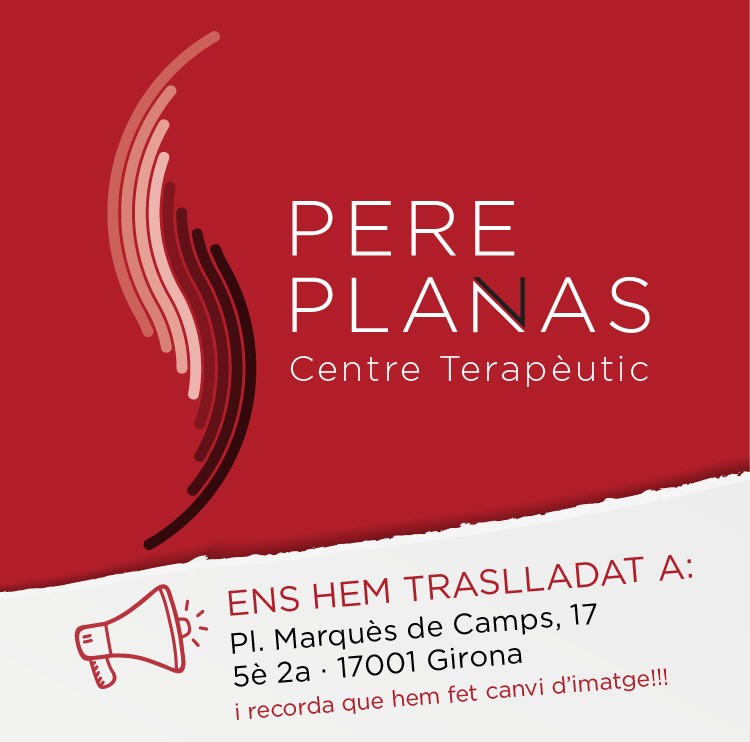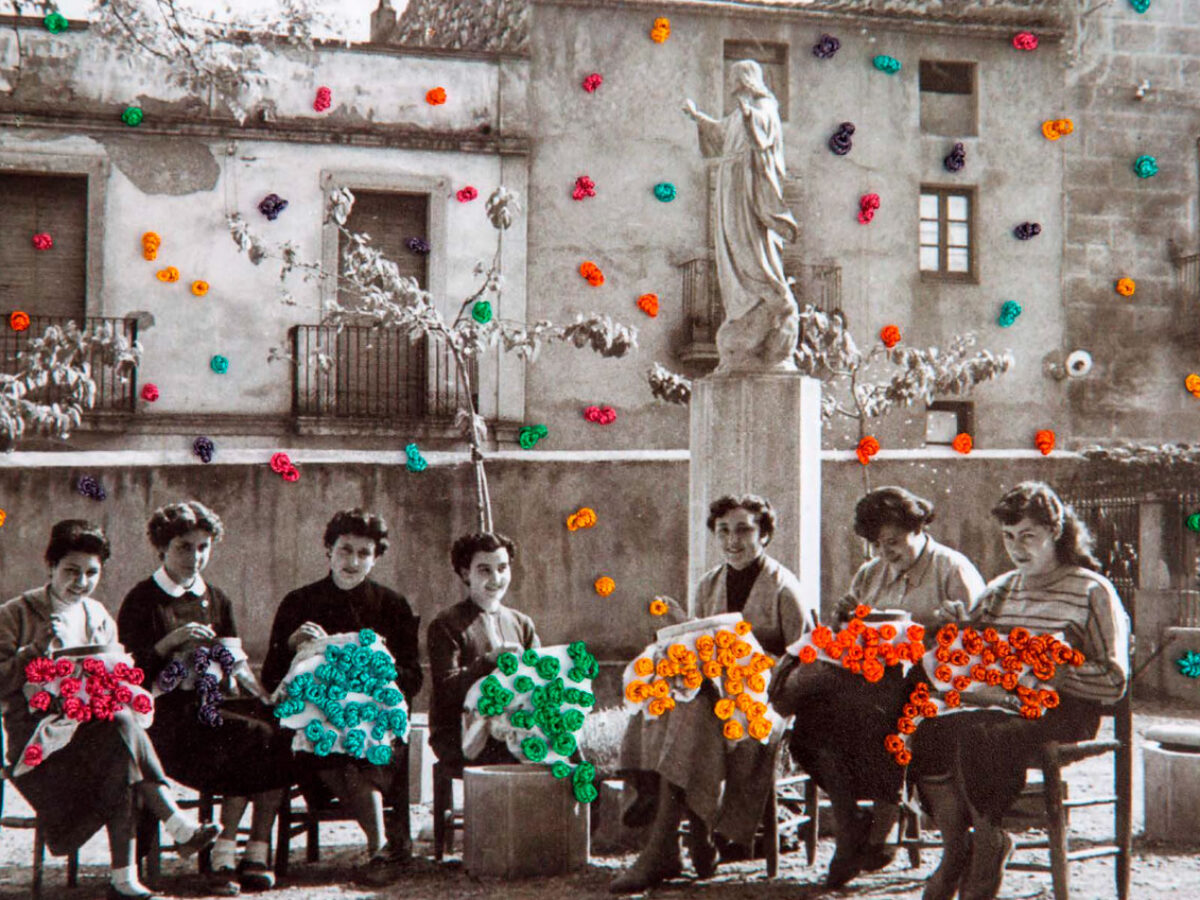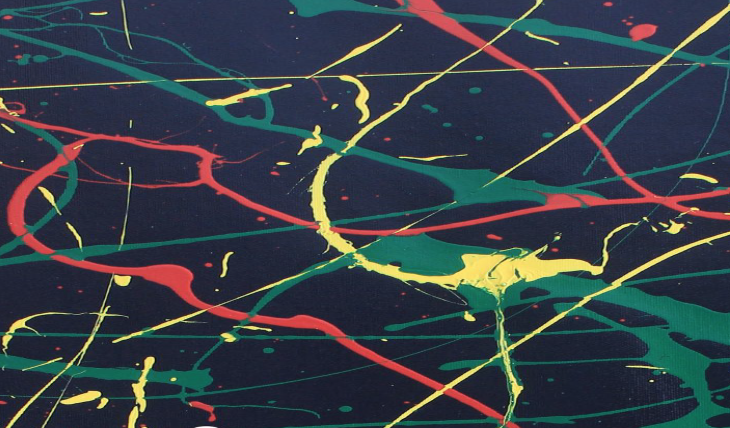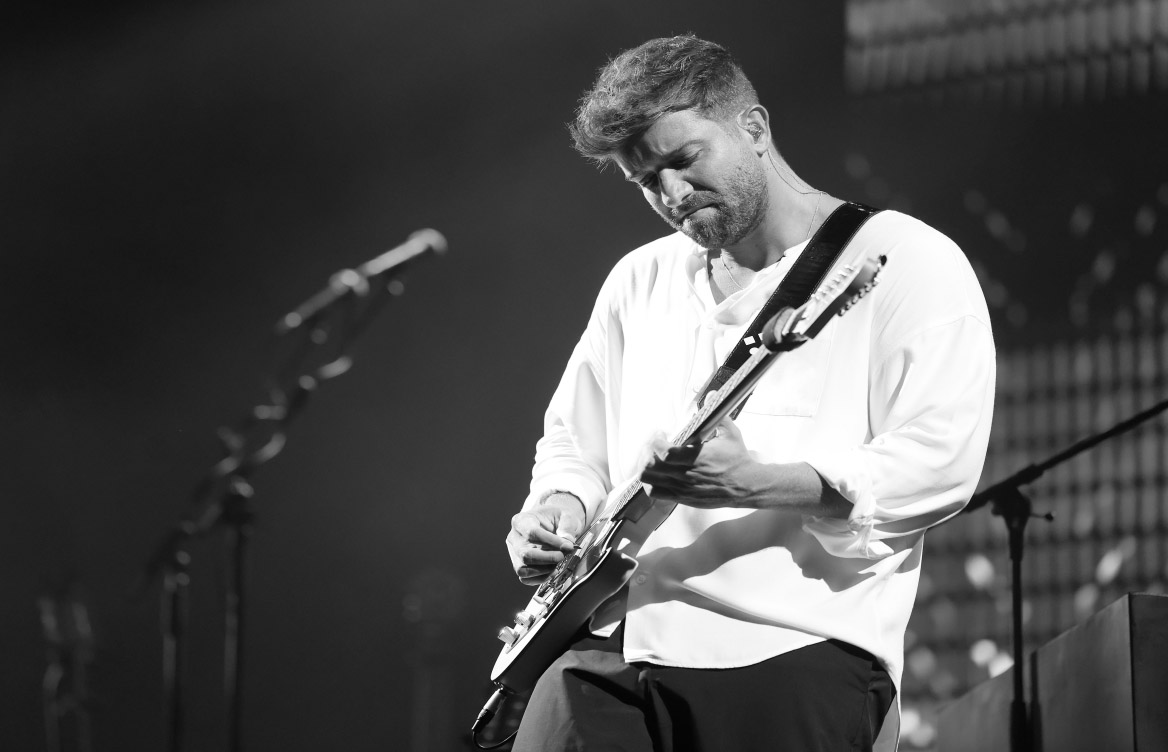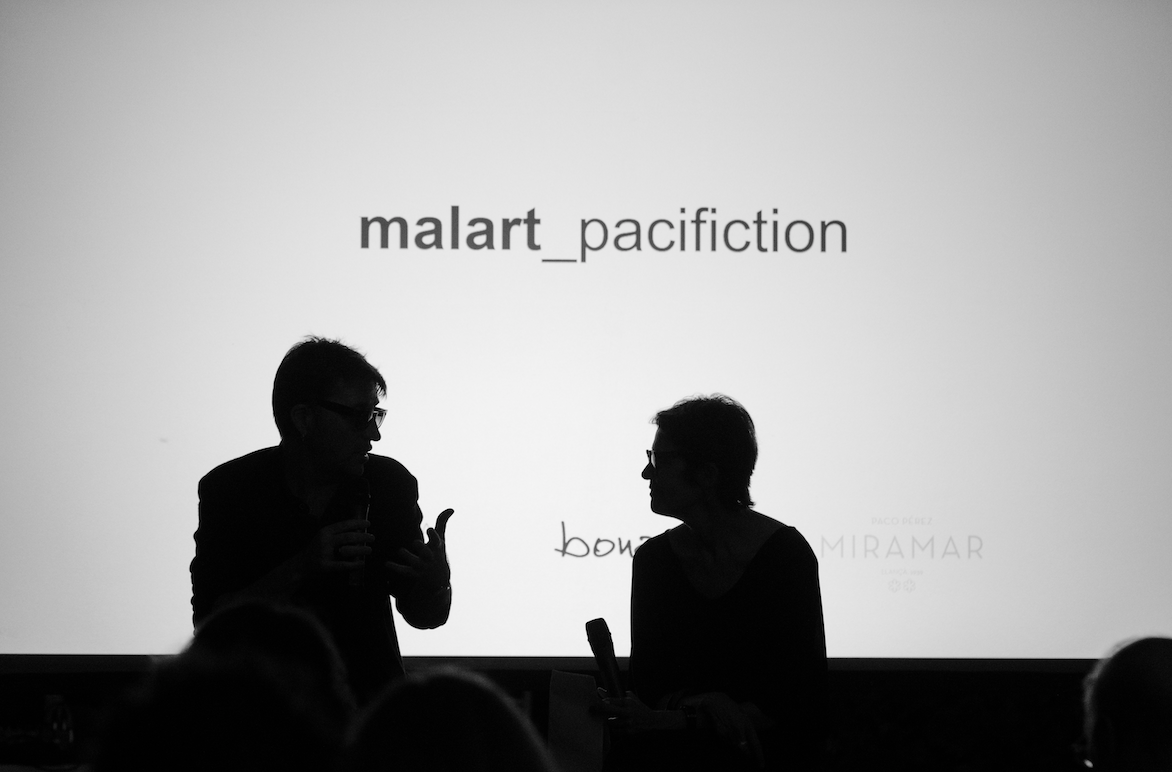reports
RCR Arquitectes, palpitation with nature
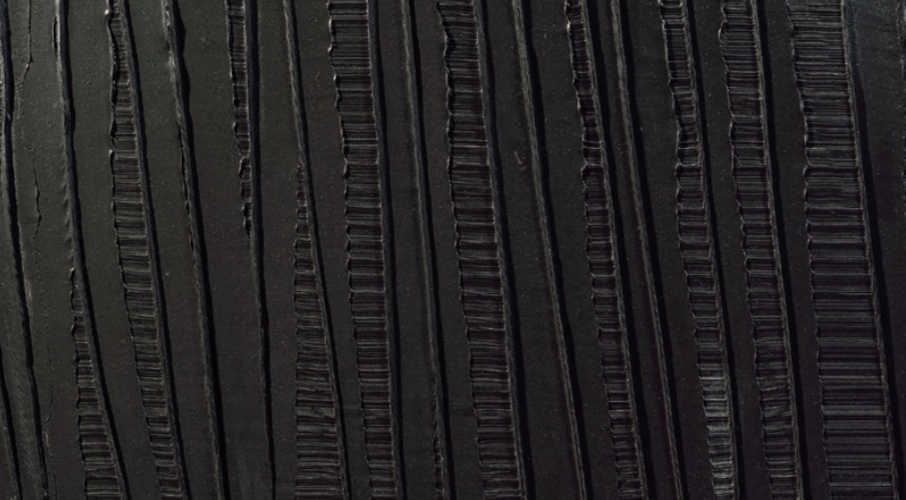
The RCR Architects exhibition, which could be visited at the Soulages museum in Rodés (France) until May 7, was a monographic display of the work of Catalan architects that highlighted the international impact of their work.
In 2008 the studio RCR Arquitectes (Rafael Aranda, Carme Pigem, Ramon Vilalta) won the competition to build the future Pierre Soulages museum. When the Soulages museum opened on May 30, 2014, the public recognized a perfectly designed stage to display Soulages' paintings. Eight years after its inauguration, the Soulages museum in Rodés (France) offered, in collaboration with the Pompidou Center in Paris, the RCR Arquitectes exhibition. Ici et ailleurs, la matière et le temps, a monographic exhibition on the work of Catalan architects that exposed the transversality and richness of their work in architecture and landscape, thought, design, drawing and art.
The RCR Arquitectes exhibition, which could be visited until May 7, collected an important set of models, plans, gouaches, watercolors, pencils, cardboard devices that RCR Arquitectes donated to the National Museum in 2020 of Modern Art / Center de Création Industrielle-Centre Pompidou.
A sample of the work of Catalan architects
In this case, the Soulages museum was located in Parque Foirail within the city of Rodés, which has a very steep topography. RCR Arquitectes proposed to build the building in a jump between platforms, on a border. In this way, an apparently non-existent place was created. By placing the building in this strip, the place became present and we can explain a certain territory. "The building as a revealer of the area, of an area; it's a concept we try to work on continuously in our work", concludes the team of architects. The landscape, architecture, design, sketches and thought are the major axes of the exhibition, which includes the presentation of achievements and study topics, from the Punta Aldea lighthouse (Gran Canaria), to the pole artistic and cultural of Île Seguin (Boulogne-Billancourt, France) which is currently being considered. The scenography went through the stages that have characterized the architecture of the RCR: the Tossols Basil athletics stadium (Olot), the public space theater La Lira (Ripoll), the Sant Antoni Library in Barcelona, the Soulages museum, the Caves Bell-lloc (Palamós), among others. The exhibition included loans from public and private collections, initial sources of inspiration represented by the artists Donald Judd, Joan Miró, Antoni Gaudí, Leonci Quera, Pierre Soulages, Salvador Dalí, Rafael Masó, Nicolau Maria Rubio Tudurí, Juliaan Lampens and Claudio Casanovas.
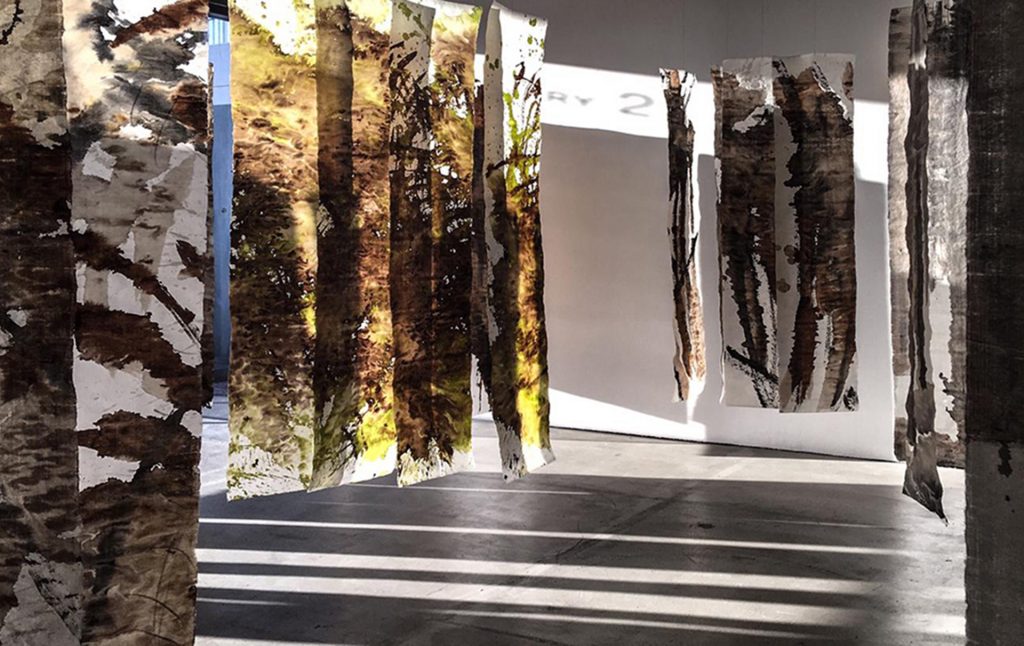
A challenge: listening to architecture
An architecture that moves between intuition and sensitivity to connect the interior and exterior particularities of the places we inhabit, an organic way of understanding the conception of space without losing sight of the implications and social and emotional interactions produced in the space we live in. A challenge that they have faced step by step, in each project, with the heartbeat of nature as the only certainty: "We have never taken the known path, but we understood that with the sum of the three of us and our entire team we could achieve important levels within the world of architecture. We believe in us and in the uniqueness of our studio's foundational decisions that we made at the time. This has given us a different way of listening to architecture, we wanted to understand a territory and the circumstances that concurred in it, both physical and social."




